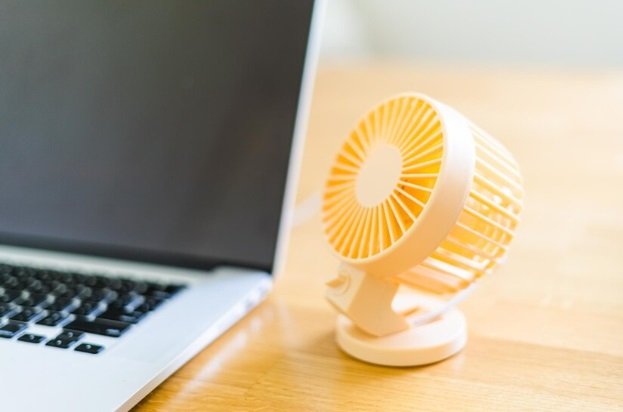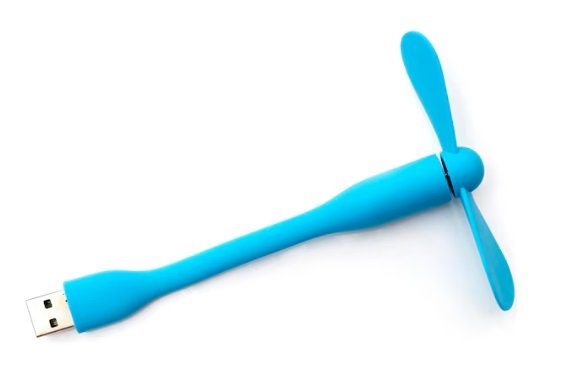USB fan are compact, transportable devices that are powered through a USB connection. They offer personal cooling and are best for places of work or small spaces. These fans draw strength from any USB supply, like a PC or energy financial institution.
Advantages of the use of USB fans
Using USB enthusiasts offers numerous advantages. They are portable, electricity-green, and not pricey. You can join them on laptops or energy banks without problems, making them perfect for workplaces, outdoor journeys, and energy outages. The quiet operation of an affordable USB fan facilitates a calm environment.
Importance of Staying Cool and connected
Effects of high temperature on productivity
High temperatures can drastically lower productivity. Excessive warmth doubtlessly ends in discomfort, fatigue, and dehydration, hindering mental attention and physical overall performance. It can also result in fitness troubles, along with heat stroke, similarly impairing productivity. Top USB fans are portable, user-friendly, and energy-efficient, with innovative features like QR code-enabled setup for seamless connectivity and control. They offer multiple speed settings for customized airflow and often include adjustable heads for targeted cooling. Quality models are durable with quiet operation, and some even feature LED lighting.
How do USB enthusiasts assist hold health and comfort?
USB fans aid in maintaining fitness and comfort by providing a private cooling gadget that stops overheating and promotes air circulation. They lessen sweat, prevent warmth-related ailments, and create more cozy surroundings. Their portability further complements convenience.
Criteria for deciding on the best USB fanatics
When deciding on a satisfactory USB enthusiast, consider factors such as energy performance, adjustable speed settings, portability, noise level, and sturdy design. The fan’s USB compatibility, durability, and rate need to also be taken into consideration.
Factors to remember when choosing a USB fan
When selecting a USB fan, remember factors like energy intake, noise degree, adjustability for direction and velocity, portability, sturdiness, and additional capabilities like timers. Ensure compatibility with your gadgets, and test consumer critiques for reliability.
Overview of elements like price, size, and power
The elements such as price, size, and power significantly influence the selection and purchasing decisions in any product industry. Price, directly linked to the consumer’s budget, determines affordability. Size involves space and compatibility, while power indicates the product’s efficiency and potential.
Features of the top USB fans
Top USB fans are portable, user-friendly, and energy-efficient. They offer multiple speed settings for customised airflow and often include adjustable heads for targeted cooling. Quality models are durable with quiet operation, and some even feature LED lighting.
Investigating the unique selling points of each fan
Fan manufacturers showcase their unique selling points through features like energy efficiency, noise reduction technology, personalized speed settings, and sleek designs. A thorough investigation reveals the special attributes that differentiate each fan within the highly competitive market.

Comparing the power, size, and price of each fan
Each fan varies in power, size, and price. Large industrial fans offer robust power, ideal for vast spaces, but are costly and require more space. Conversely, smaller desk fans are affordable and compact but provide less power.
User experience with USB fans
The user experience with USB fans is generally positive. They provide a compact, portable solution for instant cooling. Many users appreciate its convenience, especially for travel or office use. Surprisingly powerful for their size, USB fans offer significant relief in hot conditions.
Sharing reviews and ratings from users
Sharing reviews and ratings from users is an integral part of any online business. It increases transparency, fosters trust, and acts as free, effective word-of-mouth marketing. These user-generated evaluations influence purchasing decisions significantly.
Discussing customer service and warranty options
Customer service involves catering to the desires of customers before, during, and after a purchase. Warranty alternatives serve as an essential aspect of after-profit vendors, offering the purchaser assurances for product protection or replacements.
Final Thoughts and Recommendations
Summarising the advantages and disadvantages of every fan
Selecting a fan depends on what the person needs. Stand fans provide mobility and require no installation but may pose gift-protection dangers. Ceiling fans correctly flow into the air but require professional installation. Desk lovers are compact and cheap, but less effective.
Making recommendations based on one-of-a-kind user needs
Understanding special user needs is a vital part of making accurate recommendations. By employing user-centered analysis, we can formulate custom-tailored recommendations that cater especially to the unique requirements and preferences of every person.
USB fan FAQs
Are USB enthusiasts any good?
USB fans may be quite powerful for non-public use, imparting a cool breeze in small, enclosed spaces like places of work. They are compact, transportable, and consume less energy than traditional enthusiasts. However, for larger spaces, their cooling ability is often inadequate.
Is it secure to leave a USB fan on overnight?
While many USB fans are designed to be safe for prolonged use, it’s generally no longer recommended to leave a USB fan on overnight. Potential overheating can cause fire dangers or damage to the fan’s internal additives.
What is the best USB-powered fan?
The OPOLAR USB Desk Fan is often a high-quality USB-powered fan. Its strong airflow, quiet operation, and adjustable head make it ideal for numerous settings. It is compact, transportable, and can provide green cooling performance.
Does USB use a lot of electricity?
USB lovers do not consume a variety of strengths. They are designed for portability and occasional electricity consumption, regularly using as little as 2.5 watts per hour. They draw minimal energy immediately from the tool they may be plugged into.



